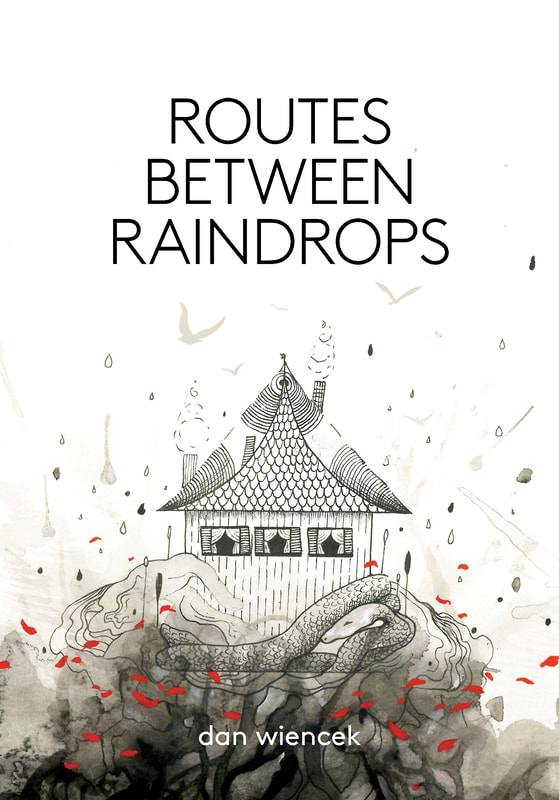Not quite sure why it took me so long, but I’ve put a few sample poems up on a page of their own. These are all previously published, though I may put some new work up there down the line.
Click here or see the top nav for the link.
Not quite sure why it took me so long, but I’ve put a few sample poems up on a page of their own. These are all previously published, though I may put some new work up there down the line.
Click here or see the top nav for the link.
I have not one but two pieces forthcoming in the summer 2025 issue of Door Is a Jar. The issue drops June 2, but you can see one of my poems on the issue’s preview page.
Two of my most recent poems, “I Would Be an Ally to You” and “Tell Me Something About You No One Else Knows,” were recently published by Stone Poetry Quarterly. Check ’em out.
My poem “This Is Not a Story About Me” was just published in the Summer issue of Carve, and as part of the process, I responded to a little Q&A from one of the editors. This is pretty much my first “interview” as a poet, and it took quite a bit of thought to figure out answers to these questions. Anyway, check it out and enjoy.
Talking with Dan Wiencek
I am thrilled, chuffed and delighted to announce the publication of my first collection of poems, Routes Between Raindrops. It’s available now from First Matter Press and Amazon.

The poems in this book stem mostly from 2016–19, when I joined the Eastside Poetry Workshop here in Portland. A few pieces predate it; one goes back to 2006 or so. The cover art was created by Aleksandra Apocalisse specifically for the book (she was kind enough to add some extra birds for me).
Here is some advance praise, as they call it:
“In ROUTES BETWEEN RAINDROPS, Dan Wiencek searches through a feast of images, what was, what is, and what could have been, as well as what might yet be, as they shift back and forth between the common and the uncanny, the probable and the impossible alike. Wiencek calls us to recognize ourselves, through shifting tones and approaches, from the recognizable, such as baking bread, to the absurd, as in coming home to find a walrus in a pile of laundry or lampshades turning into birds, and all points in between. It’s a marvelously dislocated tour that we exist in, and co-create, as Wiencek writes, ‘Sky throws itself in everyone’s / faces, now you’re me, it says.’”
JOHN GALLAHER, AUTHOR OF IN A LANDSCAPE
“With his slantwise existential wit and his sleight-of-hand association and indirection, Dan Wiencek takes us on ‘a hypothetical guided tour’ through various surreal landscapes all the way to the present moment where you can ‘realize you’re looking at a star,/the mirage that dissolves at the eye’s touch.’”
CLAIRE BATEMAN, AUTHOR OF CORONOLOGY
“I love the way Wiencek perceives the world. Time and again, the speaker in his poems looks out to find it damaged but irresistible, like a friend endlessly returning with some new self-made malady, asking you to love them anyway. And Wiencek does. With a wry, self-aware, and tender humor— the poems put me in mind at times of Tony Hoagland’s— the writer rescues moments from the blur and frames them beautifully: an empty lot “[stares] up at the sun like a vast / gravel eye,”; a hand grasps empty air like “a furnace / starved of flame.”
GRADY CHAMBERS, AUTHOR OF NORTH AMERICAN STADIUMS
I forgot to post this earlier in the year, but the April 2017 issue of The Blotter featured two of my poems, “Demonstration” and “Walking the Path.” The online version can be read at this link; you can find my work on pages 12-13.